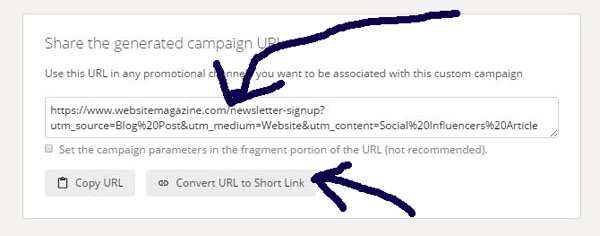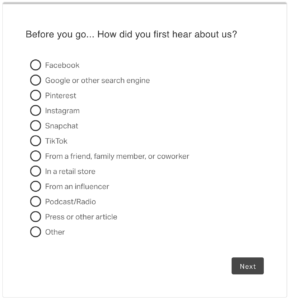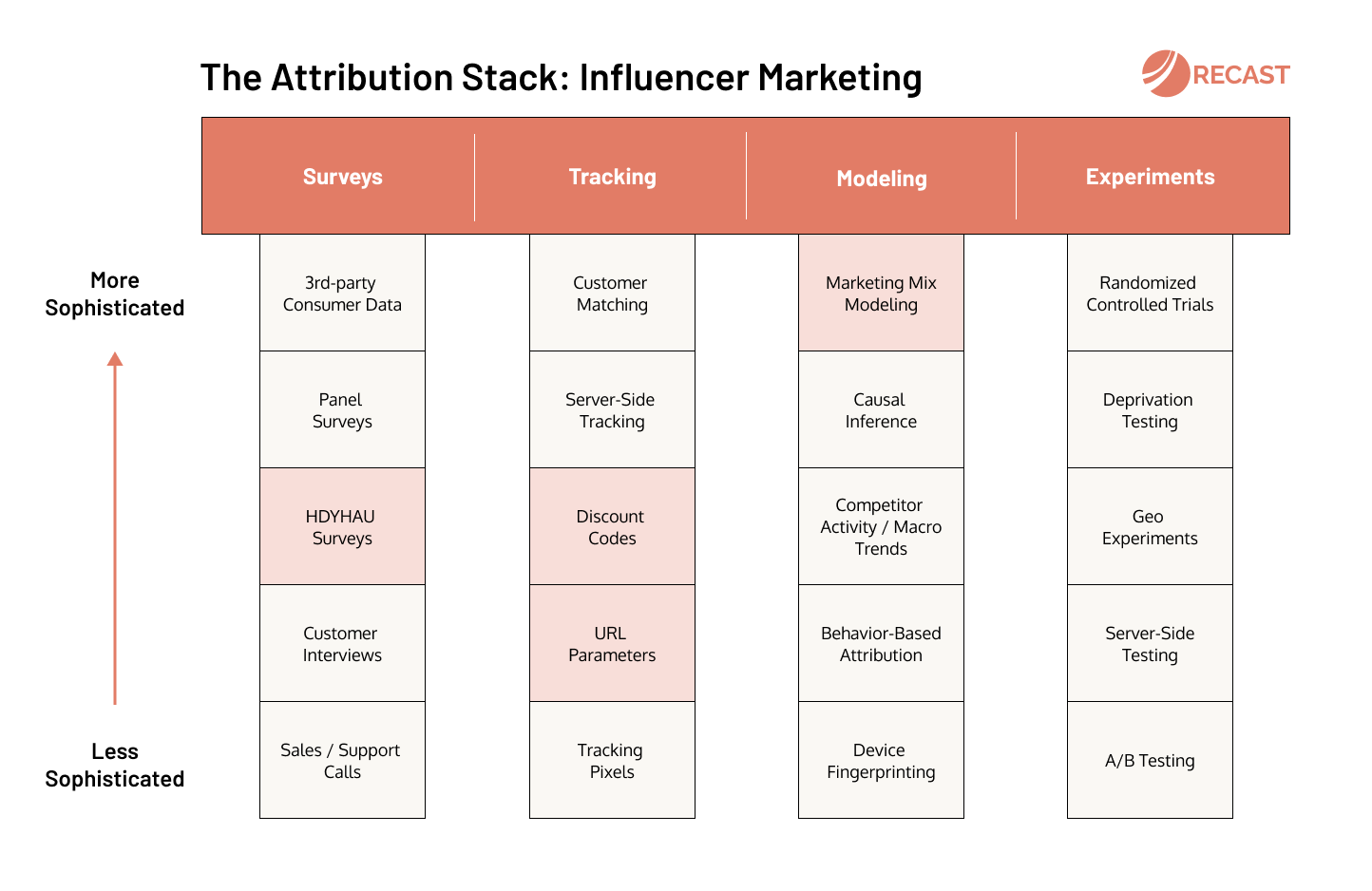Influencer marketing is the technique of compensating a celebrity or someone well-known in your industry for promoting your product or service, typically on social media. This can be done through a variety of methods, including sponsored posts, co-creation of content, or featuring a celebrity in your advertisements or on your website.
Influencer marketing is of increasing importance, due to the saturation of digital channels like Meta and Google ads. It can be a more creative way to reach a large audience, while also establishing the credibility of your brand in association with a trusted public figure. Over 20% of all advertising in the United States features a celebrity, according to Hamish Pringle, director general of the Institute of Practitioners in Advertising. Influencer marketing is also uniquely positioned for reaching a young audience, with platforms like TikTok, Instagram, and YouTube developing tools to support the growing influence of their creators. US spending on influencer marketing reached $16.4 billion in 2022, up from just $1.7 billion in 2016.
Measurement of influencer marketing is a challenge, given the majority of people who view an influencer’s post don’t click through directly to buy. You can’t get inside someone’s head and determine whether it was the recommendation from Kylie Jenner that tipped the balance in favor of buying your product. Instead marketers must rely on the redemption of promo codes and URL parameters as proxies for overall performance, as well as less granular survey or marketing mix modeling techniques, which can be difficult to get right. However as influencer marketing usually requires a relatively large investment up front compared to other channels, typically the business case can be made for more sophisticated attribution methods.

1. Discount Codes
The use of promo codes has been a time-honored marketing measurement tradition, even as far back as the 1920s when Claude Hopkins wrote about the technique in “Scientific Advertising”. If you assign a unique promo code to each influencer, you know that sale was driven directly by them. Because working with influencers is usually “off-book” – rather than paying a platform for advertising, you’re contacting individual influencers and working with them directly – simple but effective ways to track the impact of the campaign are at a premium. However many customers simply forget to use the promo code, so the influencer can miss out, and they often leak to affiliate sites which can further muddle the attribution.

2. URL Parameters
Offering a discounted promo code isn’t appropriate for every brand or product, and it can be a pain to make users enter them in at checkout. As an alternative or complementary method, many brands also assign a unique code to each influencer, who is expected to append it at the end of every URL they share. If they remain consistent, this can be a simple and effective way to track the traffic they send to your website, and see how many purchases you get. You can also later pay out the influencer based on the value of the traffic they drove, without having to also offer a discount to the users they sent your way.

3. HDYHAU Surveys
One of the easiest ways to measure the effectiveness of influencer campaigns is to make sure you ask your customers: “How Did You Hear About Us?” on the checkout or registration page. These “HDYHAU” surveys are are biased towards more memorable channels, but that’s fine for influencer marketing where there’s usually a stronger emotional bond with the celebrity. One bonus is that this method doesn’t require any sophisticated tracking technology. That makes it perfect for campaigns on video-focused social campaigns like on TikTok, Instagram, or YouTube, where the link to click through on is usually hidden away in the profile page. You can’t rely fully on survey data, because customers’ memories aren’t always reliable, but it’s a start.

4. Marketing Mix Modeling
Incorporating influencers into your Marketing Mix Model is key: it can usually explain one or two unexplained spikes in sales when posts go viral. Once you have modeled influencers correctly, you’ll be able to identify how it performs in the short and medium term, as well as how it interacts with other channels in your marketing mix.
Often in influencer campaigns the payment is divorced from the actual date the content was actually posted. The trick is to match up what you spent on each post with when that post went live. Otherwise the model will be looking in the wrong place for impact. Allocating spend to the day the deal was closed is a common misstep, as is grouping spend to the calendar week or month. Ideally with every media channel, you want to measure the effect of spend: how many dollars do you get back for every $1 spent? Meaning, if possible, you should model the actual cost of your campaigns, not the reach, impressions, followers, or other easy to game metrics.
When you’re working with channels like YouTube, TikTok, or Instagram, you’re unlikely to get all the results on the day or week the content is posted, because it takes time for people to be served up the post in their timelines. This lagged effect of marketing, called ‘adstocks’ in industry lingo, is key to getting your model right. Influencers can have an outsized short term impact on performance and you’ll see a spike, but don’t ignore the longer term impact as well.
Finally it is important to account for the halo effect influencers have on your other channels, and the feedback effects between them. For example, influencer campaigns might temporarily increase your ranking on Amazon if you’re an E-Commerce business, or your App Store ranking if you’re an app, as well as drive additional brand searches and direct traffic. Capturing the full incremental impact in your model and correctly attributing it back to your influencer campaign is important or you might not give it the credit it’s due.
How To Measure Anything
Don’t let the difficulties of measuring Influencer Marketing, or any other channel, limit your marketing strategy. Finding creative ways to measure the impact of hard to measure channels can give you an unfair advantage against the competition. If you can advertise places your competitors can’t, you can enjoy much cheaper advertising costs, and more effective marketing campaigns.
This post is part of the “How to Measure Anything” series, which covers which attribution methods from “The Attribution Stack” are best for measuring the incrementality of each major marketing channel. At Recast we’re trying to rid the World of wasted ad spend, and if you could use a hand measuring marketing effectiveness, we’d love to hear from you.



